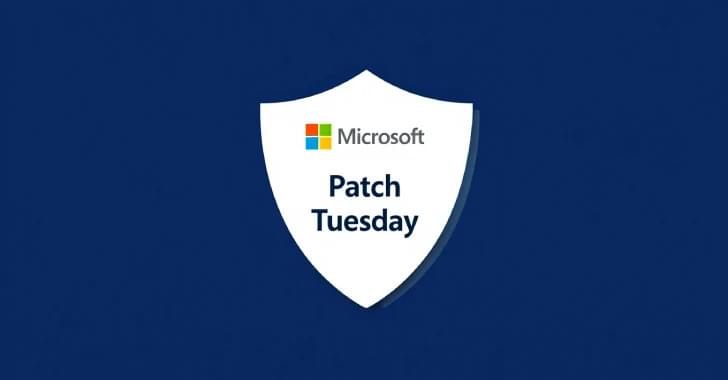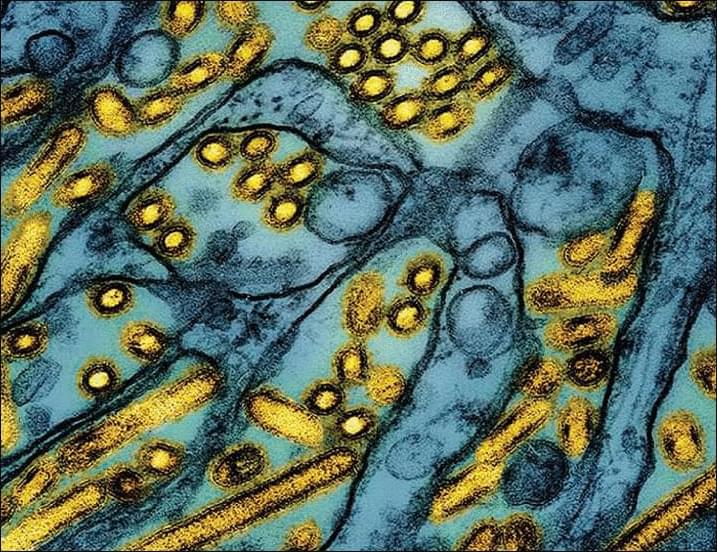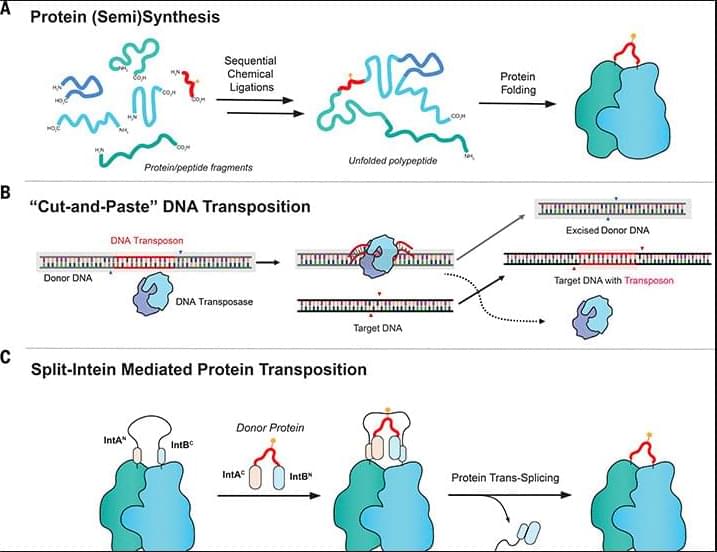Critical Gladinet CentreStack flaw CVE-2025–30406 actively exploited in March 2025 enables remote code execution.






Researchers mapped a far-infrared landscape brimming with nearly 2,000 galaxies. There may be “hidden galaxies” lurking just out of sight.
A vivid digital reconstruction has brought to life the face of a Mycenaean woman who lived over 3,500 years ago, offering an unusually poignant glimpse into the world of ancient Greece, from long before the time of Homer or the Trojan War.
This ambitious project was launched at the initiative of Dr. Emily Hauser, a historian and lecturer in Classical Studies at the University of Exeter. The final image, she said, was both “incredibly exciting” and “unexpectedly modern.”
“For the first time, we are looking into the face of a woman from a kingdom associated with Helen of Troy —Helen’s sister, Clytemnestra, was queen of Mycenae in legend—and from where the poet imagined the Greeks of the Trojan War setting out,” Dr. Hauser explained in an interview published in the Daily Mail.



Protein engineering through the ligation of polypeptide fragments has proven enormously powerful for studying biochemical processes. In general, this strategy necessitates a final protein-folding step, constraining the types of systems amenable to the approach. Here, we report a method that allows internal regions of target proteins to be replaced in a single operation. Conceptually, our system is analogous to a DNA transposition reaction but uses orthogonal pairs of engineered split inteins to mediate the editing process. This “protein transposition” reaction is applied to several systems, including folded protein complexes, allowing the efficient introduction of a variety of noncoded elements. By carrying out a molecular “cut and paste” under native protein-folding conditions, our approach substantially expands the scope of protein semisynthesis.